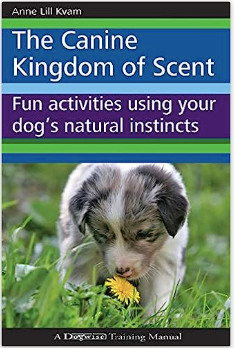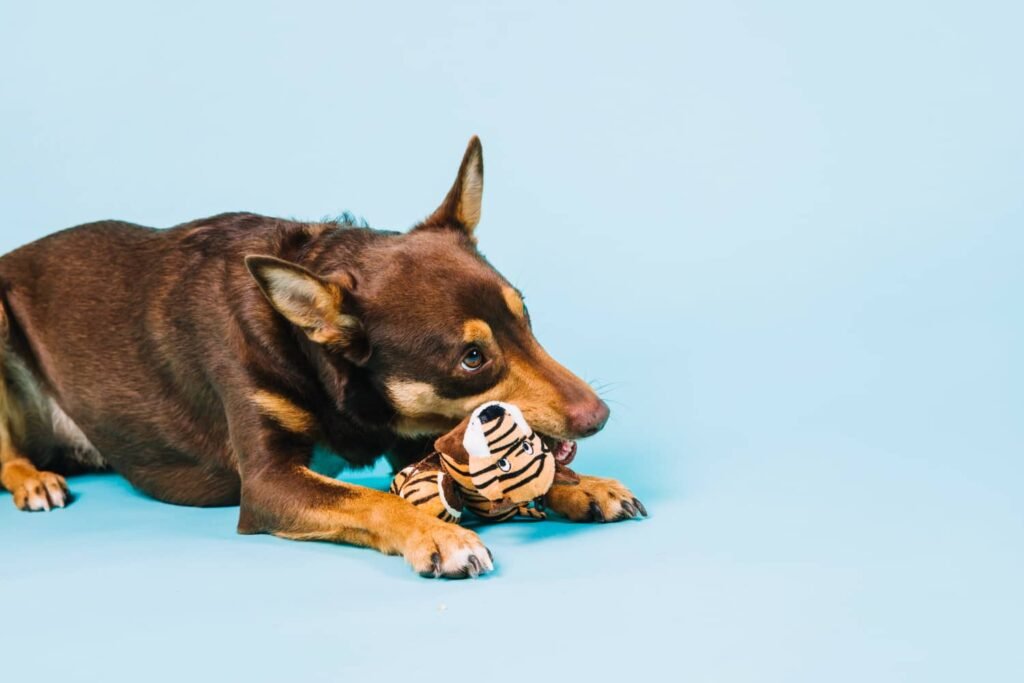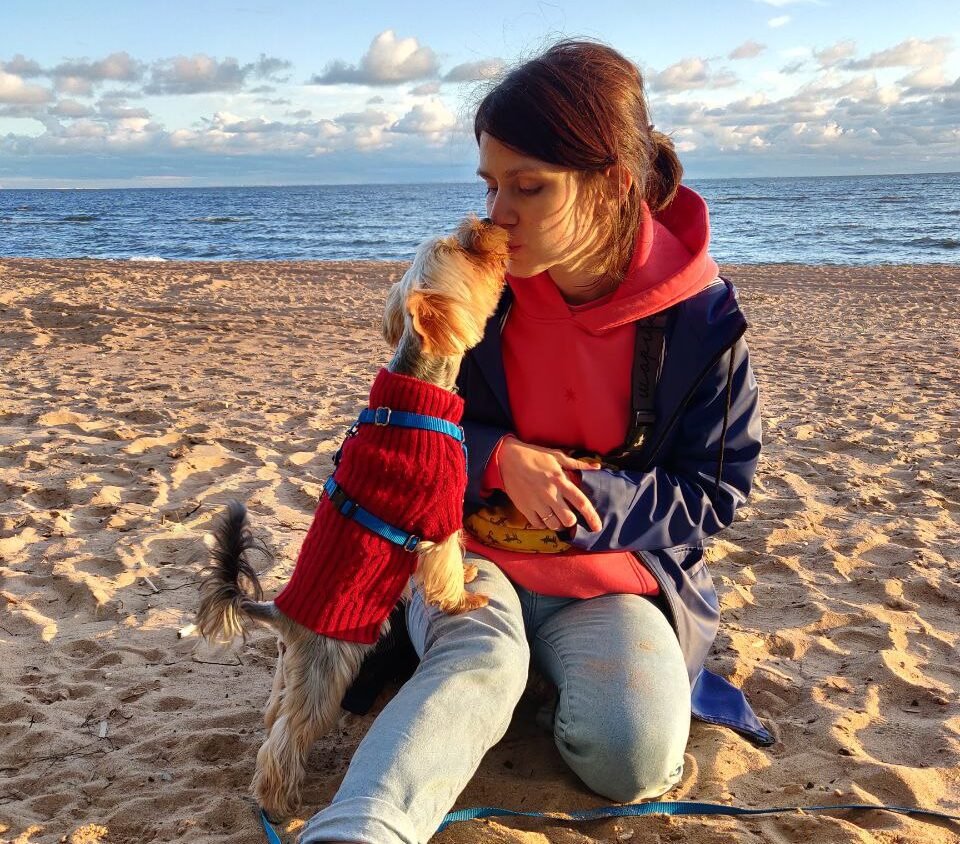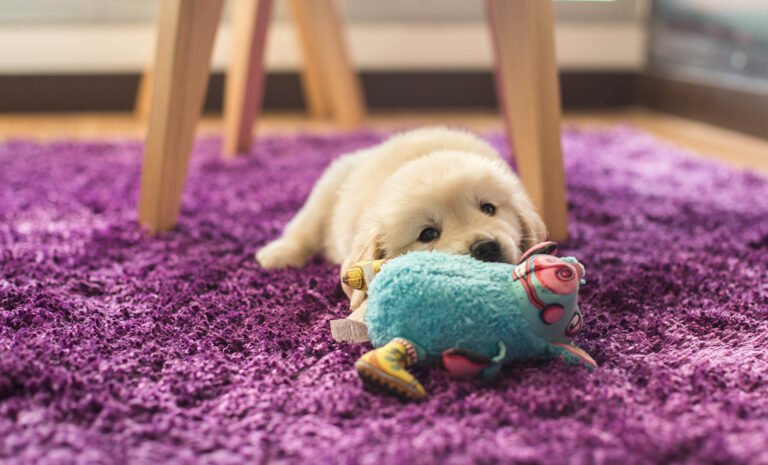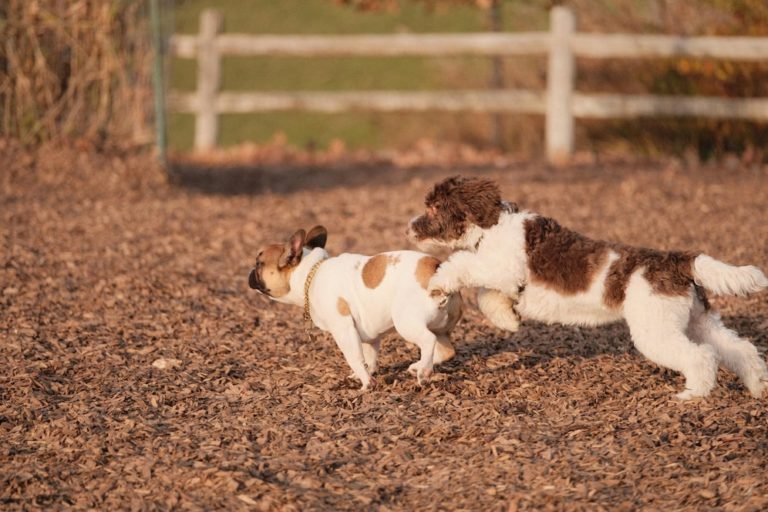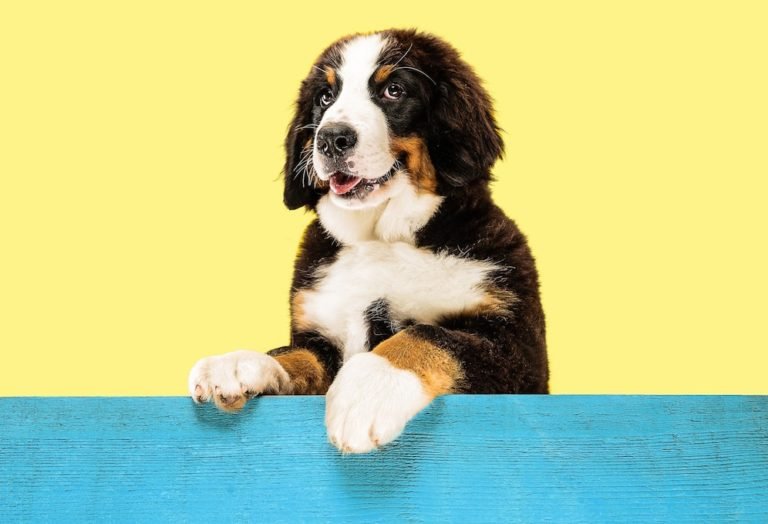What are the benefits of nose searching
Olfaction is the primary sense organ in dogs. And nozework and search games are the best, one of the species-typical activities for dogs. Why is it so beneficial?
– Nose work is calming, slowing down. It is an obligatory point of the program in work with hyperactive dogs
– At the same time it stimulates brain activity and can (and should) be a substitute for hours of fights to “tire”
– Develops self-confidence
– There are studies that show that regular exploratory play is very good at holistically working with aggression, fears and even separation anxiety
– Reduces stress levels – in the moment and regularly
– Legal food retrieval prevents scavenging
– Suitable for all dogs – any breed, any age (including puppies and seniors), any condition
– Dogs really enjoy working with their noses if they are taught it properly and gently
– Dogs are made for it!
The easiest search activities are looking for food in the grass/snow, sniffing mats. Slightly more difficult, but more fun for everyone, is searching for toys, objects, special smells.
Simple learning algorithm
1. Identify the signal
Take a favorite toy, give it a little wave, toss it away, and say «Search” (or whatever word you like). When the dog goes after the toy, reward him with food, praise, or play with the toy.
2. Repeat
Repeat the exercise 5 times, then 5 more times at different times (i.e. there should be several approaches at different times). The dog must associate the “Look for” signal with the fact that the toy is flying away and must be chased.
3. Make it harder
When the dog has grasped the principle, start to make it more difficult. Say “Wait” and give a stop sign with your hand, while starting to move a few steps away from the dog. Put a toy, for example, behind the corner of the couch – but where she can see it. Say the signal “Look for it” and, after the dog comes running after the toy, praise it very much. Repeat several times at different times.
4. Make it harder again
Usually, dogs figure out how to play retrieve pretty quickly. The next stage of complication is when the dog waits and you move away from him and pretend to put the toy somewhere several times. For example, you lean behind the couch, reach behind the table (where you actually put the toy), and lean behind the couch or chair again. The dog will run first to the place where you bent the last time, and not finding the toy, will start looking for it in other places.
Repeat, make it harder, and repeat again! And be sure to have fun!
5. Practice in different environments
Increase the difficulty to the point where you can leave your dog in one room and hide the toy in another. On the “Search” signal, start your dog on the search and give lots of praise when he does well. As time goes on, you can take the search outside – you can search not only for a toy but also for a mitten, purse, and something you “lost”. The dog will love it!
Important rules
- Exercise when your dog is well, not anxious, hungry or sleepy. When he is alert and wants to interact with you! Exercise should be fun for both of you.
- Don’t scold, don’t push your dog, don’t push her. Trust me, she is trying!
- If the dog is not doing well, go back a step. Only give her tasks that she can handle
- Be sure to pause between approaches, don’t overload your dog.
- Encourage him, play, and be calm and cheerful.
Useful reading
I recommend reading the book:
